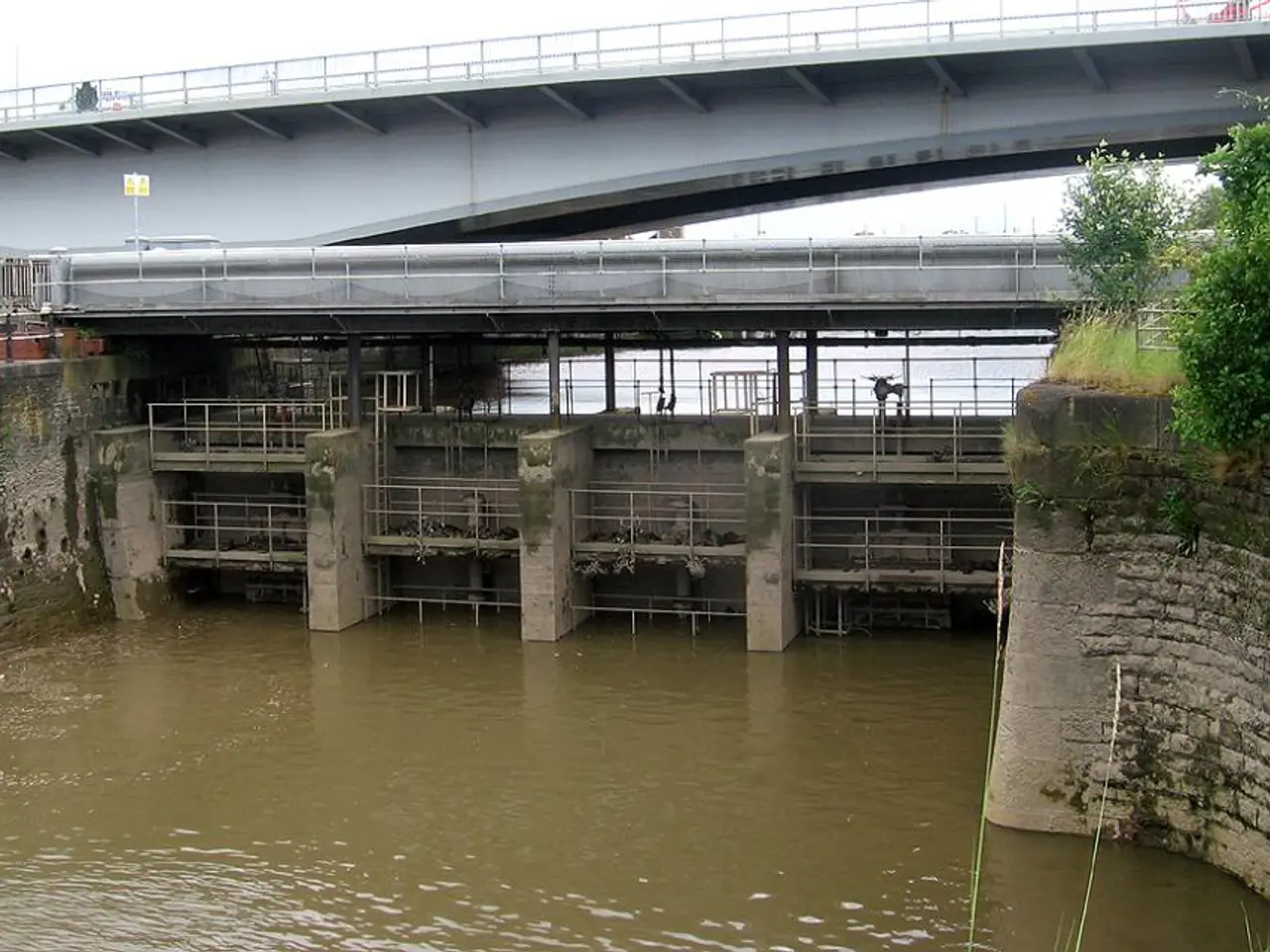Laos Dam Collapse Kills 36, Highlights Hydropower Risks
A dam collapse in Laos on July 23rd has left at least 36 people dead and over 6,000 homeless, highlighting the risks of hydropower projects in the region.
The disaster occurred at the Xe-Pian Xe-Namnoy hydroelectric power project, a joint venture between Thai, South Korean, and Laotian companies. It flooded six villages, causing widespread devastation.
Laos, aiming to be a regional net exporter of electricity, has ambitious plans for hydropower. It targets over 90 plants by 2020, with a combined capacity of nearly 14,000 MW. However, the latest incident underscores the high risks these projects pose to local populations and the environment. Climate change, with its unpredictable rainfall patterns, further exacerbates these risks.
Hydropower plants have been linked to severe impacts on the Mekong River, including loss of fish stocks, reduced sediment flow, and increased poverty. Despite these concerns, Laos continues to invest heavily in hydropower, with plans to make it the country's biggest revenue source by 2025. Meanwhile, efforts to expand renewable energy into solar and wind are still in early stages.
The dam collapse serves as a stark reminder of the perils of hydropower projects in Laos. As the country pursues its renewable energy goals, it must reassess its approach and consider safer, cheaper, and more reliable alternatives. Companies involved in these projects must also be held accountable for their impact on local communities and the environment.
Read also:
- Transitioning to Electric Vehicles Places Heavy Demand on Power Grids
- E-mobility continues its progress after a decade since the scandal, staying on course
- The Commission deems the assistance program to be in agreement with the domestic market regulations.
- Innovative Garments and Accessories Producing Energy: Exploring Unconventional Sources for Renewable Power








